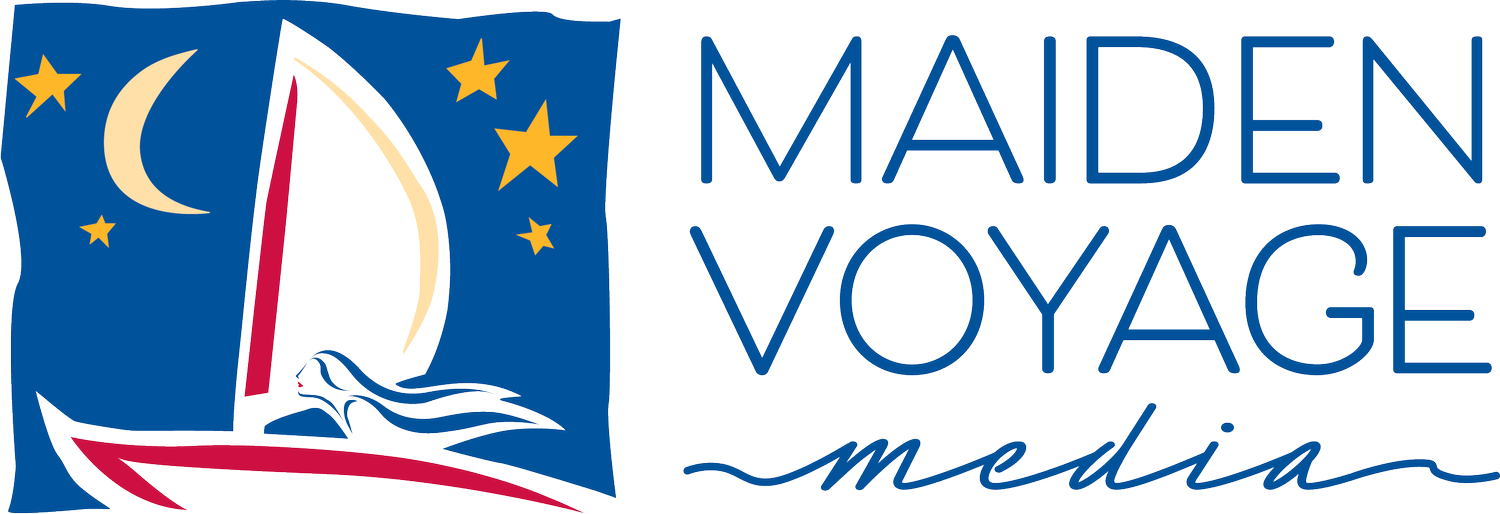Polynesian Voyaging and the Wayfinding Art
Introduction
Some students are attracted by a challenging puzzle. Others are captivated by a exciting adventure. Polynesian Voyaging & The Wayfinding Art offers both.
The puzzle: Where did the Polynesians come from? This controversial issue has engaged explorers, scientists and historians for hundreds of years. This books presents early theories and information, as well as modern archaeological and linguistic evidence; challenging students to discover the most likely answer to the question of Polynesian origin.
The Adventure
Hokule'a, a replica of an ancient Polynesian voyaging canoe, sails from island to island in the Pacific Ocean — without the use of navigational instruments. Students will learn about the voyages of Hokule'a, how she sails and how she is guided by her Hawaiian navigator.
Lesson plans and learning objectives are outlined at the beginning of each section. The entire curriculum encourages a team approach to learning. Almost all of the activities require students to work together in pairs or small groups. The interdisciplinary activities are designed to supplement standard programs in History, Geography, Social Studies and Science classes at the Junior High or High School level.
Content
Each chapter includes the following:
Overview: General description of the information and activities in the section.
Objectives: Skills and knowledge students are expected to acquire.
Preparation: Getting ready for the activities in the classroom.
Time Estimate: Number of class periods (40 minutes) needed to complete each section.
Wrap-up: Questions and discussions to reinforce what students learned.
Activity and Information Cards: Designed to be copied for pairs or small groups.
Glossary: Definitions in the student materials on the page where they appear.
Purchase Polynesian Voyaging and the Wayfinding Art

